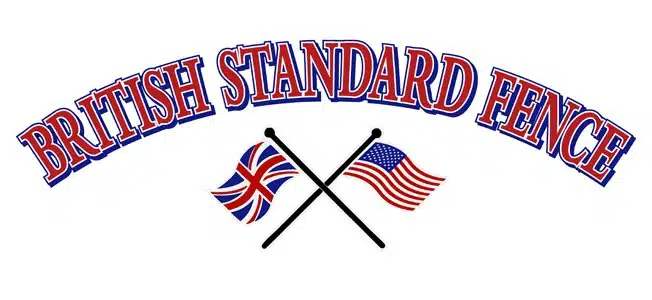Fences are more than just property boundaries; they’re statements of privacy, security, and aesthetics for homeowners. Choosing the right residential fencing involves understanding the British standard regulations, materials, styles, and maintenance requirements. Let’s embark on a journey to explore the essential aspects of fencing for homeowners in the UK.
1. Understanding British Standard Regulations:
In the UK, there are regulations that govern fence height, materials, and the need for planning permission. Understanding these regulations is crucial before installing any fence. For instance, in most cases, you won’t need planning permission for fences under two meters high. However, there are exceptions, especially in conservation areas or for listed buildings. Complying with British standards ensures legal compliance and prevents potential disputes with neighbors.
2. Materials for Residential Fencing:
a. Wood: Traditional and versatile, wood remains a popular choice. From classic picket fences to robust privacy panels, wooden fences offer various styles and can be painted or stained to complement your home.
b. Metal: Metal fences provide durability and security. Options like wrought iron or aluminum offer a sophisticated aesthetic while requiring minimal maintenance.
c. Vinyl/PVC: Known for its low maintenance and durability, vinyl fencing is resistant to rot, pests, and weather, making it a long-lasting choice.
d. Composite: A blend of wood fibers and recycled plastic, composite fencing combines the best of both worlds—natural appearance and low maintenance.
3. Styles and Designs:
a. Picket Fences: Offering charm and a suburban feel, picket fences are iconic and work well for front yards or decorative purposes.
b. Privacy Fences: Solid panels or tall wooden slats provide privacy and can reduce noise levels, perfect for back gardens or areas requiring seclusion.
c. Decorative Fencing: Intricate designs in wrought iron or ornate patterns add elegance to a property without sacrificing visibility.
d. Boundary Fences: Simple, clean lines for demarcating boundaries between properties in a subtle yet effective manner.
4. Maintenance and Longevity:
Each fencing material has its maintenance requirements. Wood may need regular staining or sealing, while vinyl or metal fences might only require occasional cleaning. Considering the climate and environmental factors in your area will help in choosing a low-maintenance and long-lasting option.
5. Cost Considerations:
The cost of residential fencing varies based on materials, style, and installation. Wooden fences are often more affordable initially, but they may require more maintenance over time. On the other hand, metal or composite fencing might have a higher upfront cost but lower maintenance expenses in the long run.
6. Hiring Professionals vs. DIY:
Installing a fence can be a DIY project, but it’s crucial to assess one’s skill level before undertaking it. Hiring professionals ensures the job is done efficiently, meeting British standard regulations and ensuring structural integrity.
7. Environmental Impact:
Considering eco-friendly fencing options is essential for environmentally conscious homeowners. Materials like bamboo or recycled plastics offer sustainable alternatives.
Conclusion
Residential fencing is an integral part of a home, providing security, privacy, and aesthetic appeal. Understanding British standard regulations, choosing the right materials and styles, and considering maintenance and cost factors are key in making an informed decision. Whether it’s the timeless charm of a wooden picket fence or the sleek durability of metal or vinyl, the right fence can elevate the appeal and functionality of any property.
As a homeowner, investing time in researching and planning for the perfect fence will not only enhance your property’s value but also contribute to the overall aesthetics and functionality of your living space.


